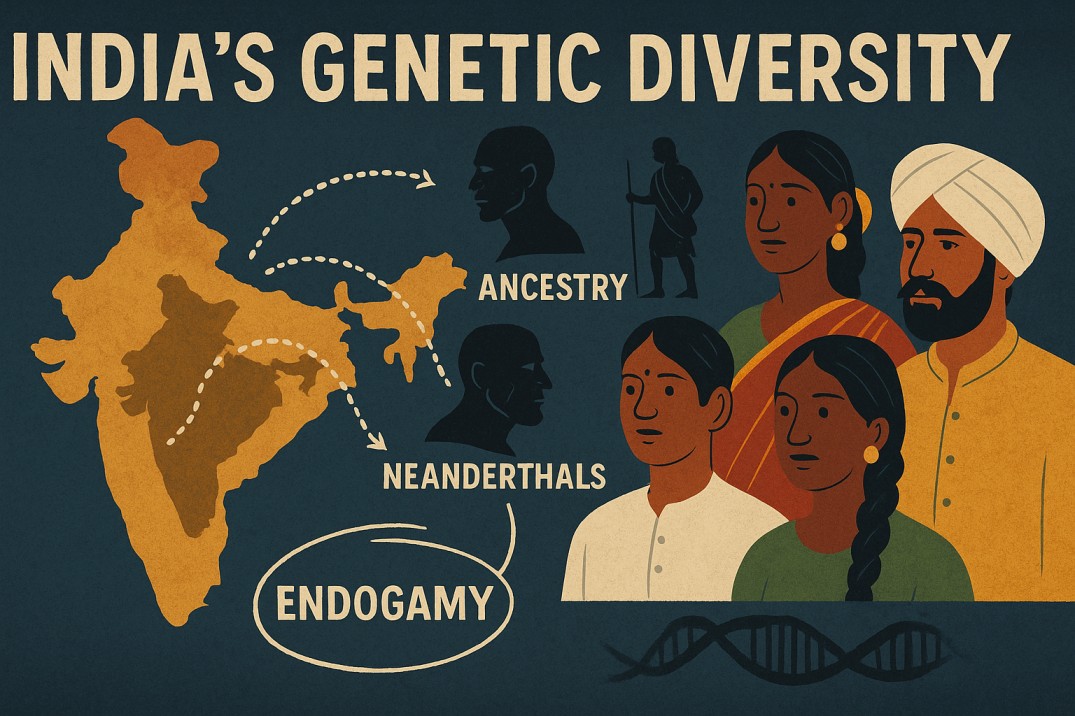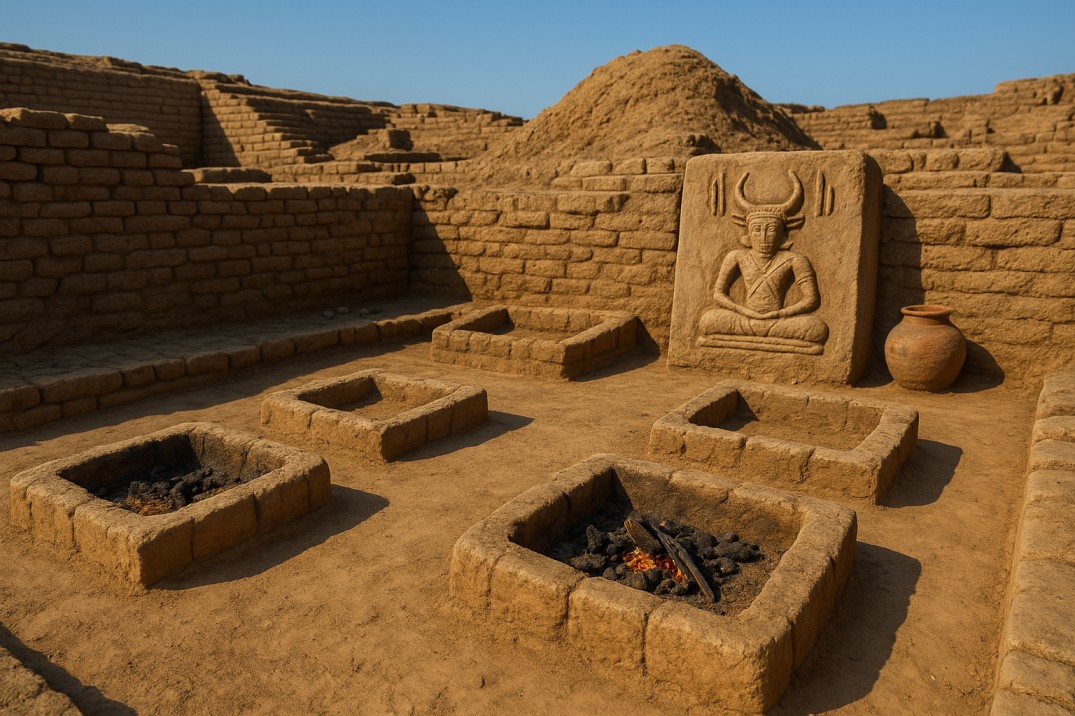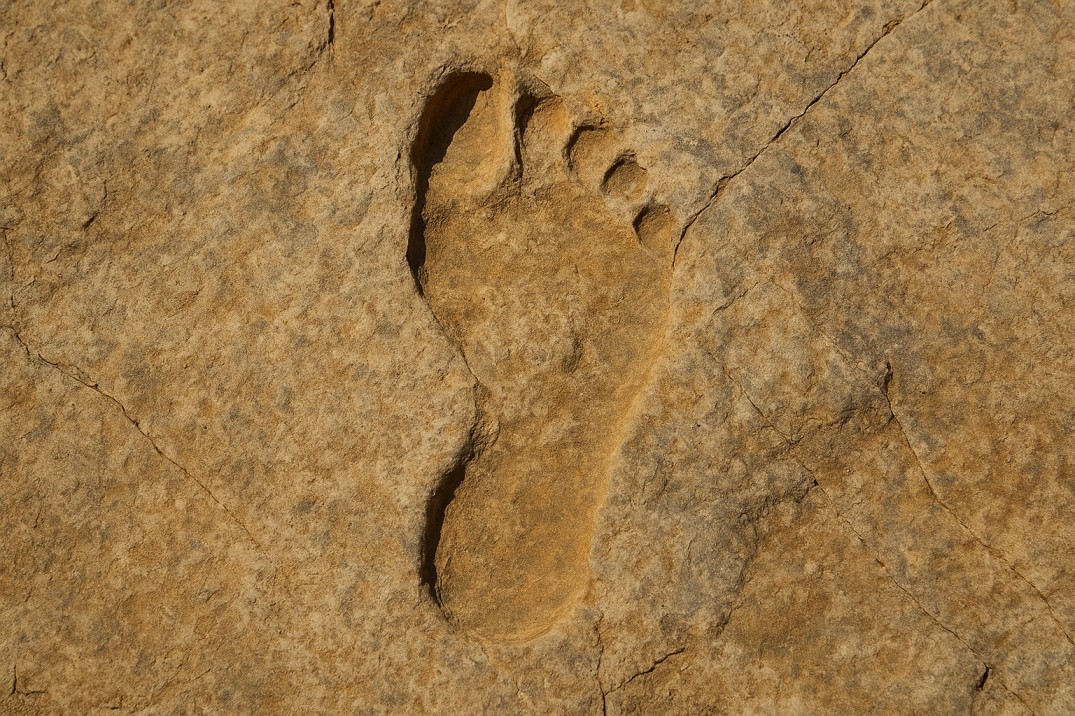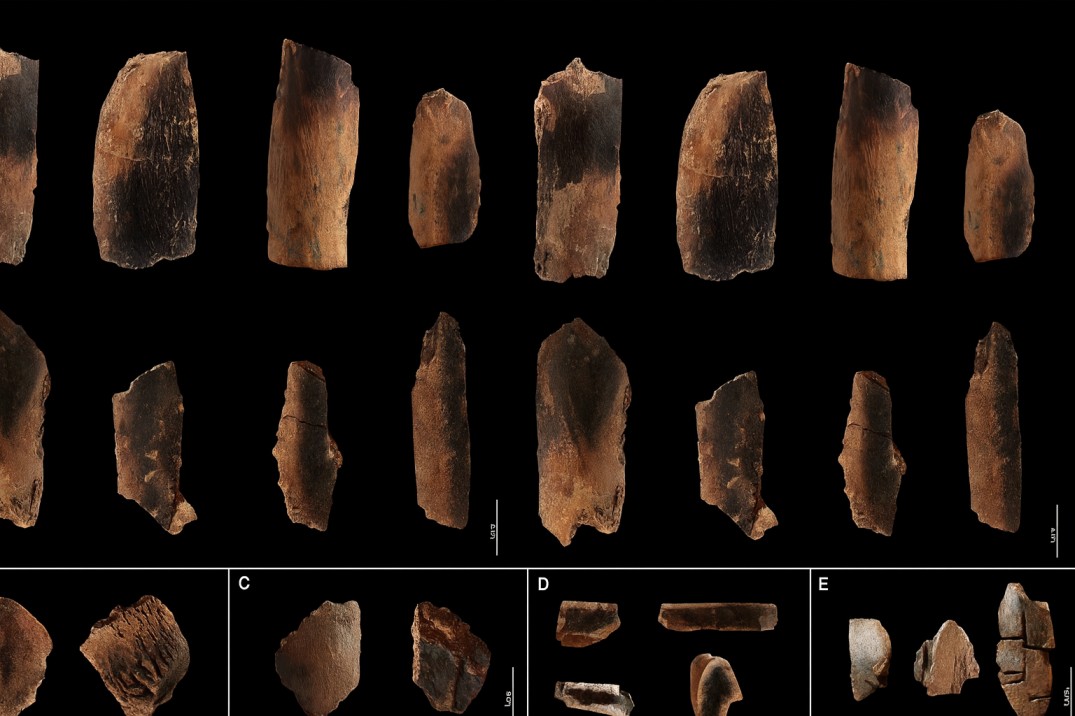India’s Genetic Diversity
Elise Kerdoncuff, Priya Moorjani et. al. , Cell june 2025
India’s genetic structure derives from a single major migration out of Africa ~50,000 years ago. Early migrants interbred with Neanderthals and Denisovans, leaving functional variants that shape immunity and metabolic pathways. Later demographic inputs—Iran-related farmers (~10,000 years ago) and steppe pastoralists (~5,000 years ago)—merged with local hunter-gatherer populations. Subsequent endogamy generated severe demographic bottlenecks across many communities.
2. Data Source
Study based on 2,762 whole genomes from the LASI-DAD dataset, covering major linguistic and geographic groups. Underrepresentation of India in global genomic surveys had previously distorted comparative analyses; this dataset removes that distortion.
3. Out-of-Africa and Archaic Admixture
Most Indian variation aligns with the 50kya dispersal, not earlier failed dispersals.
Indians and Europeans retain 1–2% Neanderthal ancestry, but Indians preserve a larger fraction of the total Neanderthal genome, indicating a broader diversity of archaic introgressed segments.
4. Holocene Migrations
Archaeology (e.g., Mehrgarh) aligns with genomic evidence:
• West-Asian farmers introduced agriculture 8,000–9,000 years ago.
• Steppe pastoralist ancestry varies from 0–45% across modern groups.
The triad—hunter-gatherer, Iranian-farmer, steppe-pastoralist—forms the base of present-day Indian genetic variation.
5. Endogamy and Founder Events
Between 3,500–2,000 years ago, widespread endogamy generated founder effects, producing increased homozygosity and concentrated deleterious variants. Founder events occurred through cultural boundaries, population crashes, or geographic isolation.
6. Health Implications
The dataset identifies numerous rare, population-specific pathogenic variants (blood disorders, congenital hearing loss, cystic fibrosis, phenylketonuria). Founder-driven enrichment raises risk for recessive disorders. Precision health in India cannot rely on European genetic baselines.
7. Analytical Outcome
India contains ~5,000 socio-linguistic groups, many genetically distinct.
Genetic structure is shaped by:
• deep Pleistocene ancestry,
• archaic admixture,
• Holocene migrations,
• cultural isolation via endogamy.
This produces one of the world's most complex genomic landscapes.
Relevance to Mains Examination
Paper – I → 1.4 Human Evolution & Emergence of Man
Q. Discuss the role of evolutionary forces in creating human diversity. (20M/2022)
Q. Critically evaluate the contesting theories of the emergence and dispersal of modern Homo sapiens. (20M/2020)






